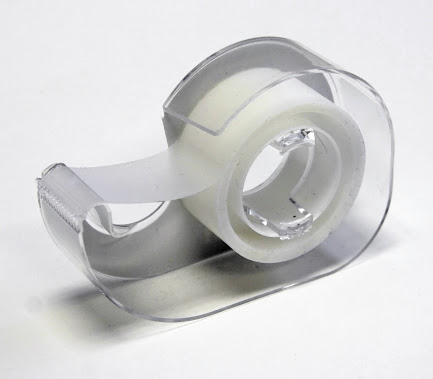Marking Tape with Reflective Material
The importance of reflective marking tape on a modern highway cannot be overstated. It's crucial that traffic signs, which are in charge of marking the right lanes for the passage of automobiles at different speeds, function properly at all times of day and in any weather. Therefore, only highly reflective and wear-resistant tape should be considered for use in the construction and maintenance of roads. Industrial-grade marking tape solutions from China Bopp adhesive tape film suppliers combine quality and usefulness with meeting these needs.
The white or yellow reflective film, pre-coated with a solid pressure-sensitive adhesive, and a more complicated polymer layer backing are the primary components of reflective marking tape. Glass beads are often used on the surface of marking tape to boost its reflectivity. With minimum reflective values of 0.2 and 0.5 divergences, respectively, highway striping that satisfies Federal Specification L-S-300A photometric criteria must be extremely visible under the glare of automobile headlights in the dark. The white tape should read 1.00 when the angle is 0.2 degrees, and the yellow tape should read 0.90 and 0.80 when the hook is 0.5 degrees. Wet weather may diminish the tape's reflectivity because water droplets scatter light, but it should retain at least 50% of its dry-weather reflectivity. A mishap may occur if reflective marking tape fails to instruct motorists properly or is too dim to be seen in the dark.
The chosen reflective tape may make the road seem like a string of candles in the dark, but if it doesn't stay firmly fastened to the asphalt, it will fail to serve its primary purpose. Therefore, without the use of a liner or activating chemical, the adhesive material must demonstrate minimum adhesion values (in grams per inch width) of 500 between 0 and 75 degrees Fahrenheit (Celsius) and 1000 between 115 and 125 degrees Fahrenheit (Fahrenheit). When properly installed, it should be able to stick to any asphalt or concrete surface at temperatures of 50 degrees Fahrenheit or higher. Finally, it should be immediately used after application, eliminating the need for temporary barriers or traffic cones.
One manufacturer recommends using tape with a thickness between 25 and 40 micrometers if you want your markings to be effective. This way, the marking tape will have sufficient polymer material to persist for its intended duration without significantly deteriorating in quality (such as by fading, shrinking, or lifting).




Comments
Post a Comment